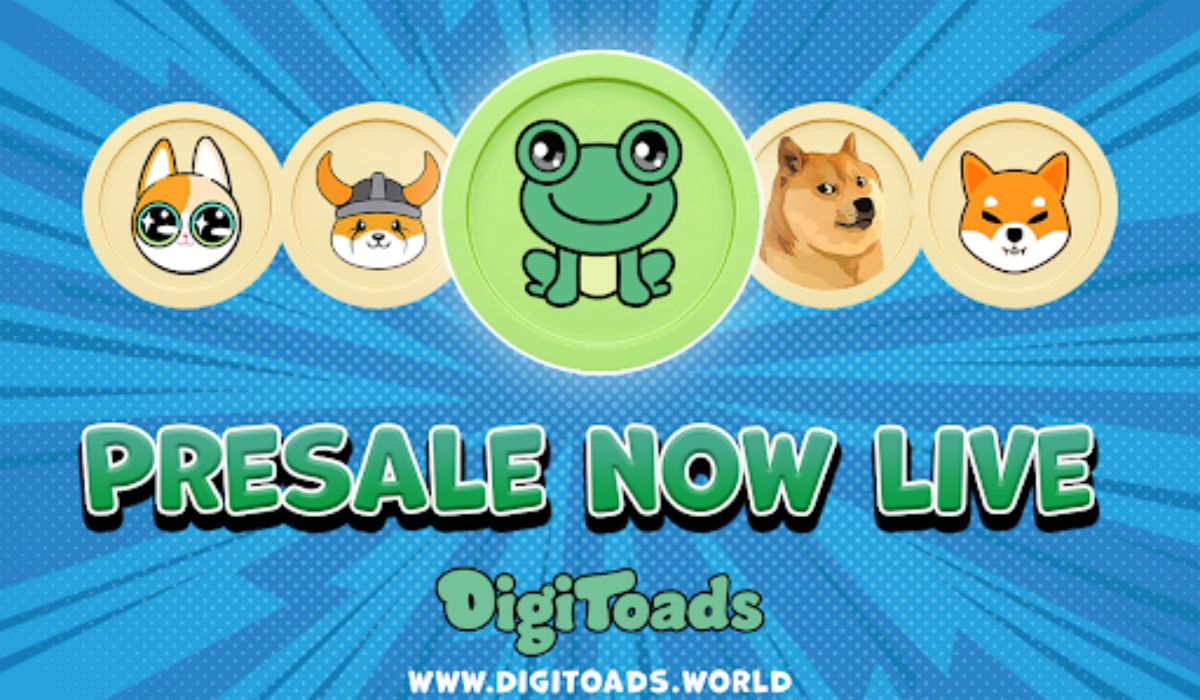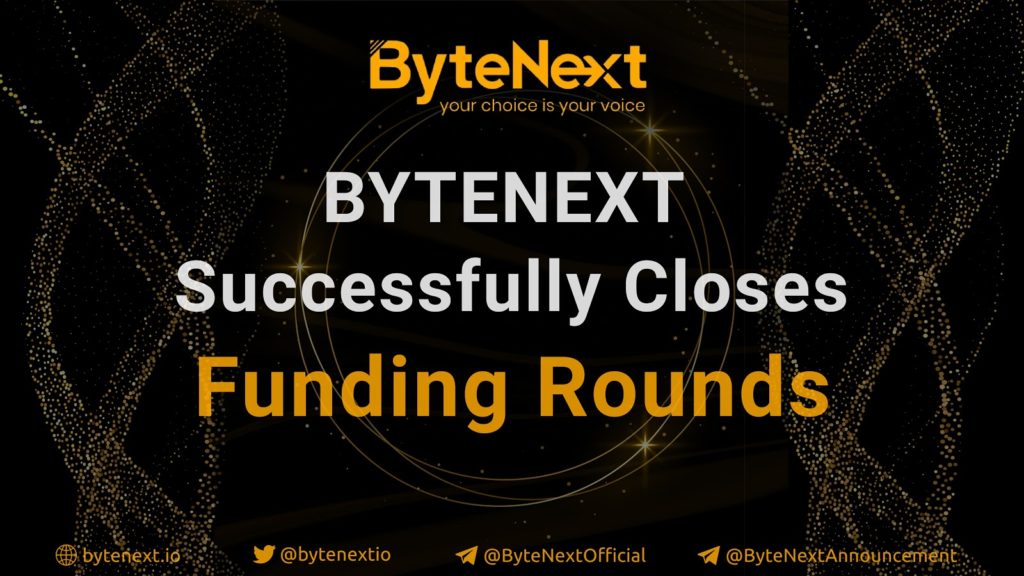2024-7-8 14:49 |
Non-fungible tokens (NFTs) were the most discussed Web3 concept during the 2021-2022 bull run; during their peak, daily trading volumes hit record highs of 200K ETH, according to DeFi Llama.
However, the glory was short-lived. NFTs are no longer the ‘coolest’ crypto innovation, but to say they are dead would be an overstatement. This is a market niche that is still attracting stakeholders beyond the crypto realm, including top fashion brands. A recent report by Coingecko revealed that 42% of the leading fashion brands globally have integrated NFTs into their product suite, either as digital collectibles or customizable avatars.
More notably, NFTs have gradually evolved from the speculative JPEG era when artist Beeple sold his digital art at a Christie’s auction for a whopping $69 million. Top NFT collections such as the Bored Ape Yacht Club (BAYC) are no longer the shiny assets they once were; the floor price of one BAYC is currently at 9 ETH, a huge drop from the May 2022 high of 145 ETH.
Instead, what the NFT ecosystem is witnessing is a shift to more fundamental use cases across various industries, including digital identities, AI-powered games such as My Pet Hooligan, asset tokenization, and ticketing, to mention a few. The next section of this article will highlight how NFTs are being used to enhance the functionality and experience of the aforementioned industries.
A New Dawn for NFT InnovationsWhile the trading activity in NFT marketplaces has undoubtedly taken a hit from the bear market, the same cannot be said about the advancement of NFT innovations. Gone are the days when speculative narratives carried the day; it is now a game of real-world use cases.
Digital IdentitiesAt the core, NFTs comprise two technical components – metadata and a token ID. The latter defines the uniqueness of each NFT, while the metadata describes the content of the NFT. These attributes make NFTs the perfect tool for creating immutable and unique digital identities that can be used to store personal records on the blockchain.
Last year, the UAE government launched an NFT-based certificate platform to streamline the issuance of certificates to its citizens. Unlike conventional paperwork, where certificates can get lost or compromised, this NFT-powered system leverages blockchain technology to store the records on-chain, making them tamper-proof and easily identifiable based on the unique soulbound NFT token that each certificate is attached to.
AI-Powered GamingGaming is still the leading use case of NFTs, but what’s interesting to observe is the merger between proprietary motion capture and Artificial Intelligence (AI). Today, the level of games being developed in the NFT ecosystem is more advanced than what was there in 2021; picture this, engaging with AI-driven characters within a social-action game where a gamer can pilot their avatars in real-time in different game modes.
This is the level of NFT gaming that projects like My Pet Hooligan are now introducing to the industry. Although a relatively nascent innovation, MPH’s initial collections, the Genesis and Companion Characters (2021) and ZUCKBOTS (2022), have done over 23,000 ETH in trading volumes on secondary NFT marketplaces. Of course, the integration of NFTs and AI is arguably in the development phase but definitely worth taking note of.
Asset TokenizationIf you’re an avid follower of the crypto market, it is likely you’ve come across the term asset tokenization or Real-World Assets (RWAs). This is an ecosystem that even traditional financial institutions project could grow into a $16 trillion industry by 2030. What is not often detailed is that NFTs sit at the intersection of this revolutionary asset class.
Just like in digital identities, NFTs have the potential to represent real-world assets on the blockchain. Imagine being able to record the particulars of your title deed on an immutable blockchain. This would make it easier to track changes in ownership transparently. More importantly, asset tokenization makes it possible to fractionalize assets so you wouldn’t have to wait for a single buyer to purchase the property.
Instead, one can create several NFTs to represent fractions of the land and sell them to various buyers if in need of quick cash. This ultimately solves the liquidity problem that has long plagued traditional assets such as land, commodities, or high-value assets that were previously inaccessible to retail investors.
TicketingBack in 2021, Dallas Mavericks owner Mark Cuban hinted that they were trying to figure out a viable approach to integrating NFTs into their ticketing process. While this initiative is yet to come to life, it is worth highlighting that NFTs are today being used by Buenos Aires-based Flybondi, an Argentinian airline.
Speaking to Blockworks, the company’s Chief Product Officer noted that the integration of NFTs into their ticketing process is designed to give ticket owners more control over their tickets.
“If you think about the travel industry, it’s the only one where you’re buying an asset but you’re not the real owner of that asset. That’s basically what we’re changing within the industry.”
ConclusionGoing by these few examples, it is evident that NFTs are not dead but rather undergoing a reset phase. Initially, it was mostly about wild gains and flaunting JPEGs on the internet, but the narrative has now changed to real-world use cases. This is the typical cycle of most tech innovations, and amidst the chaos, some projects survive while others wither away. However, what really stands out is the true transformative value of a given technology and its long-term impact on society or other existing industries.
The post NFTs Aren’t Dead, They Are Just Evolving appeared first on NFT News Today.
origin »NFT (NFT) на Currencies.ru
|
|









